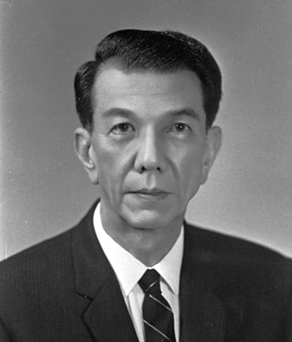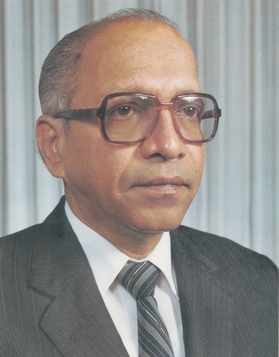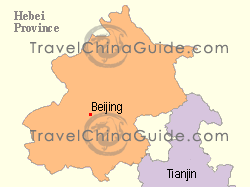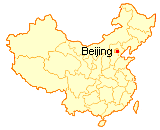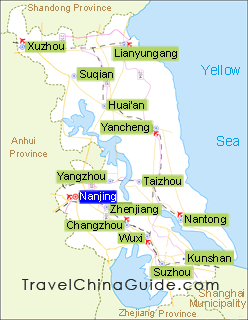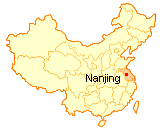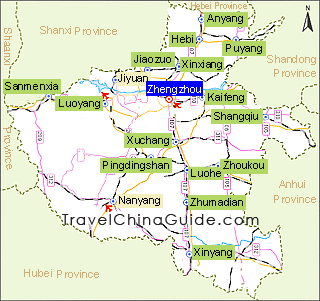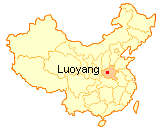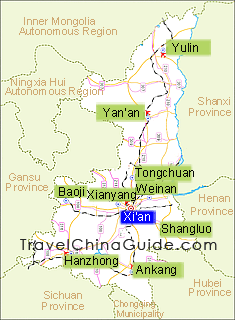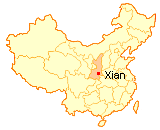The Chinese uses the Solar Terms (节气), which is a calendar of 24 periods and climate, to govern agricultural arrangements and functions in China. One of the significant similarity of Chinese calendar and Gregorian calendar is that both takes into account the longest (Summer Solstice) and the shortest days (Winter Solstice) of the year as well as two days eah year when the length of the day is equal to that of the night (Spring and Autumn Equinoxes).
During the Shang Dynasty, the Chinese had used only 4 solar terms. The number was increased to 8 during the Zhou Dynasty (11th century BC - 221BC). It was until the Western Han Dynasty (206BC - AD24) that the 24 terms were finally decided upon, which is the same as what it is today.
The 24 Solar Terms (二十四节气)
The date of Solar Terms are better described by the Gregorian Calendar as both follow the Sun's movement. However, there is a range of date for each terms as the Gregorian Calendar is not accurate on a year basis. (It has an error of around 6 hrs per year. That's why there is a leap day correction every 4 years and every 400 years)
| Solar Terms | 节气 | Mth | Dates | Meaning |
| Beginning of Spring | 立春 | Feb | 03 - 05 | Spring begins |
| Rain Water | 雨水 | Feb | 18 - 20 | It begins to rain |
| Waking of Insects | 惊蛰 | Mar | 05 - 07 | Hibernating animals come to sense |
| Spring Equinox | 春分 | Mar | 20 - 21 | Day and night are equally long. Mid Spring |
| Pure Brightness | 清明 | Apr | 04 - 06 | It is warm and bright |
| Grain Rain | 谷雨 | Apr | 19 - 21 | Rainfall is helpful to grain |
| Beginning of Summer | 立夏 | May | 05 -07 | Summer begins |
| Lesser Fullness of Grain | 小满 | May | 20 - 22 | Kernels plump |
| Grain in Beard | 芒种 | Jun | 05 - 07 | Wheat grows ripe |
| Summer Solstice | 夏至 | Jun | 21 - 22 | Longest daytime and shortest night |
| Lesser Heat | 小暑 | Jul | 06 - 08 | Torridity comes |
| Greater Heat | 大署 | Jul | 22 - 24 | Hottest moment of a year |
| Beginning of Autumn | 立秋 | Aug | 07 - 09 | Autumn begins |
| End of Heat | 处暑 | Aug | 22 -24 | Heat hides |
| White Dew | 白露 | Sep | 07 - 09 | Dew curdles |
| Autumn Equinox | 秋分 | Sep | 22 - 24 | Day and night are equally long. Mid Autumn |
| Cold Dew | 寒露 | Oct | 08 - 09 | Dew is very cold |
| Frost's Descent | 霜降 | Oct | 23 - 24 | Frost descends |
| Beginning of Winter | 立冬 | Nov | 07 - 08 | Winter begins |
| Lesser Snow | 小雪 | Nov | 22 - 23 | It begins to snow |
| Greater Snow | 大雪 | Dec | 06 - 08 | It snows heavily |
| Winter Solstice | 冬至 | Dec | 21 - 23 | Shortest daytime and longest night |
| Lesser Cold | 小寒 | Jan | 05 - 07 | It is rather cold |
| Greater Cold | 大寒 | Jan | 20 - 21 | Coldest moment of a year |
Two important Solar Terms to the Chinese are the Pure Brightness (清明) and Winter Solstice (冬至) which happen around 5th Apr and 22nd Dec on Gregorian Calendar each year respectively.







